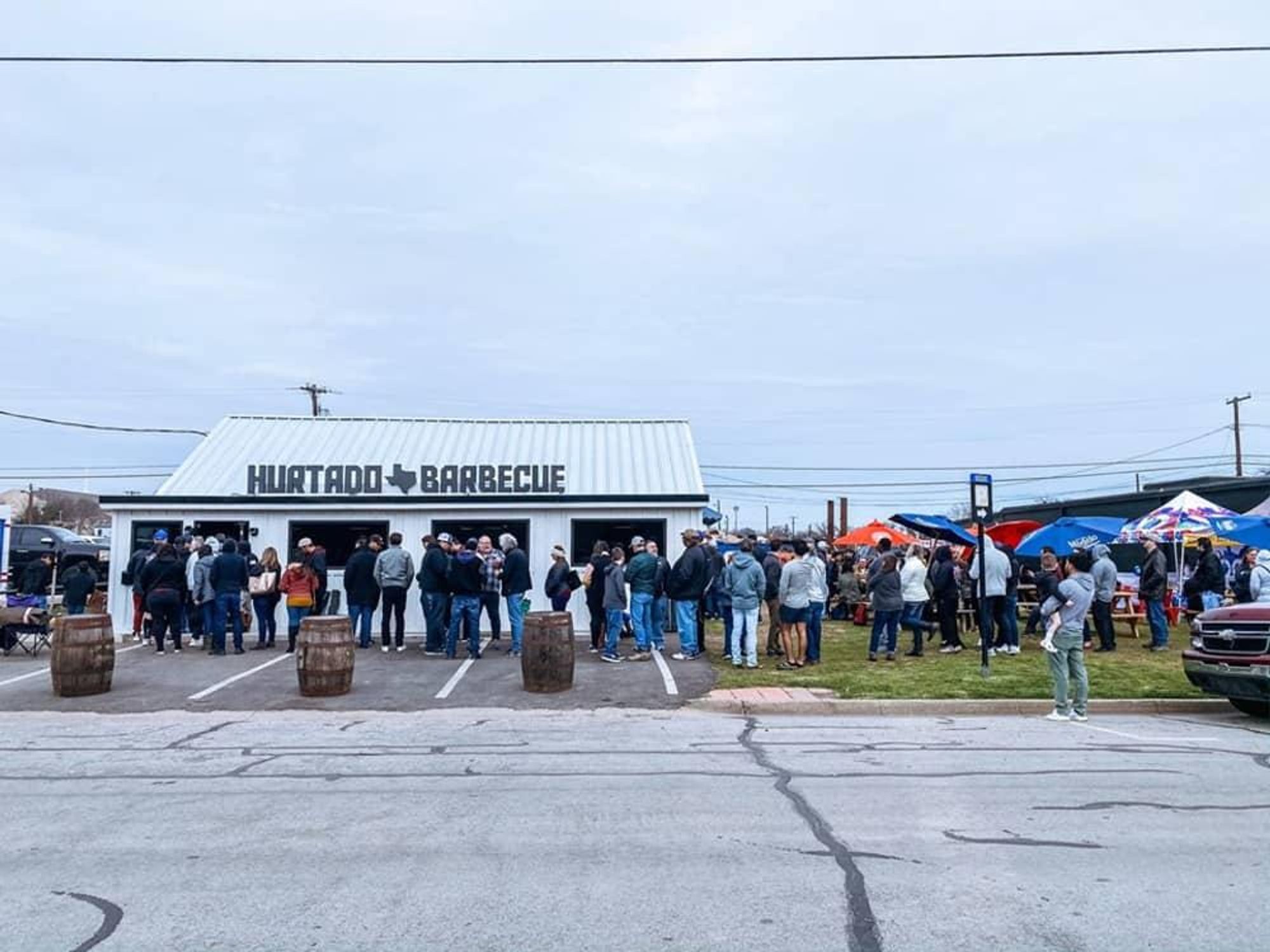Coronavirus News
Dallas-Fort Worth restaurants mull 25 percent plan: blessing or curse?

Per the order of Gov. Greg Abbott, some businesses in Texas can, despite the still-present coronavirus pandemic, reopen as of May 1, including restaurants, movie theaters, and museums — but only at 25 percent capacity.
The new order leaves restaurants and other businesses to sort through the confusing rubble. How do you reopen and still follow the rules to prevent the spread of COVID-19? How do you define 25 percent? Do restaurants get to pay only 25 percent of their rent to their landlord?
And most importantly, how do you drink a margarita through a mask?
Heim Barbecue in Fort Worth has chosen to hold off and will not open on May 1. "Our #1 priority is providing the best quality food we can to our guests, in the safest way possible, and we feel the best way to do that is through our current pick-up/to-go options available at both locations," the restaurant says in a statement.
Conversely, Hurtado Barbecue in Arlington will reopen on May 1. Owner Brandon Hurtado says their decision was determined by Gov. Abbott's orders.
"We're following the guildlines set by the state and federal government, who've deemed it safe," he says. "We're lucky in that we've been doing well on takeout, we've always had a strong online program, even before any of this happened, and I know a lot of other restaurants are choosing to keep operating that way. I recognize that we'll have to take extra precautions, but I think people are ready for this to be over with."
Dallas restaurateur David Campisi will reopen his Campisi's Pizza chain, and says he expects it to be a "fluid situation" with a learning curve for both diners and operators.
"With this 25 percent rule, that means that if you ordinarily have 100 people, you'll only be able to set up for 25 people," he sys. "We're coming up with mandations for our staff, like wearing masks and gloves, and retraining them on sanitation requirements. The part that's going to be tricky is that the customer is always right."
Restaurants that do reopen must observe a set of rules that includes: maintaining 6 feet distance between tables; no tables of more than 6 people; a hand sanitizer station at the entrance; condiments in single-serving packets and only on request; and disposable menus.
But that rule about maintaining a 6-foot distance is going to be hard to when it comes servers delivering your food to the table.
"You've got to use common sense — how are you going to deliver food?" Campisi says. "You've got to walk up to the table and hand it to them, a 6-foot distance deal doesn't work. But people who are hesitant, they probably shouldn't go out. There are the people who are ready to kick our doors down. For people whose immunity is not built up, we have takeout and curbside pickup, or maybe don't go out."
Restaurateur Brooks Anderson, who owns three Dallas eateries including Rapscallion on Greenville Avenue, says that reopening at 25 percent is perhaps worse than being closed or doing takeout only.
"I think we might actually lose money faster at 25 percent revenue than just staying closed for the meantime," Anderson says. "I don’t know how dropping your revenue by 75 percent works under any circumstance. Will my rent be cut by 75 percent? My utilities, electric, water, insurance? Are my employees supposed to work for 75 percent less?"
One obstacle is the fact that profit margins in the restaurant industry are so small, and this is true even when a restaurant is at 100 percent occupancy — particularly for nicer, sit-down places where service is part of the package.
Movie theater chains such as Alamo Drafthouse, Cinemark, and Studio Movie Grill are ignoring Abbott's order and not reopening, instead following more stringent standards set by other states.
"Most other plans that open businesses in phases don't put places like movie theaters in the first group to open," notes Dallas County Judge Clay Jenkins. "The orders [in Texas] have changed but the science that will keep us safe has not. I believe North Texans will focus not on 'what can they do' but rather 'what should they do.'"
